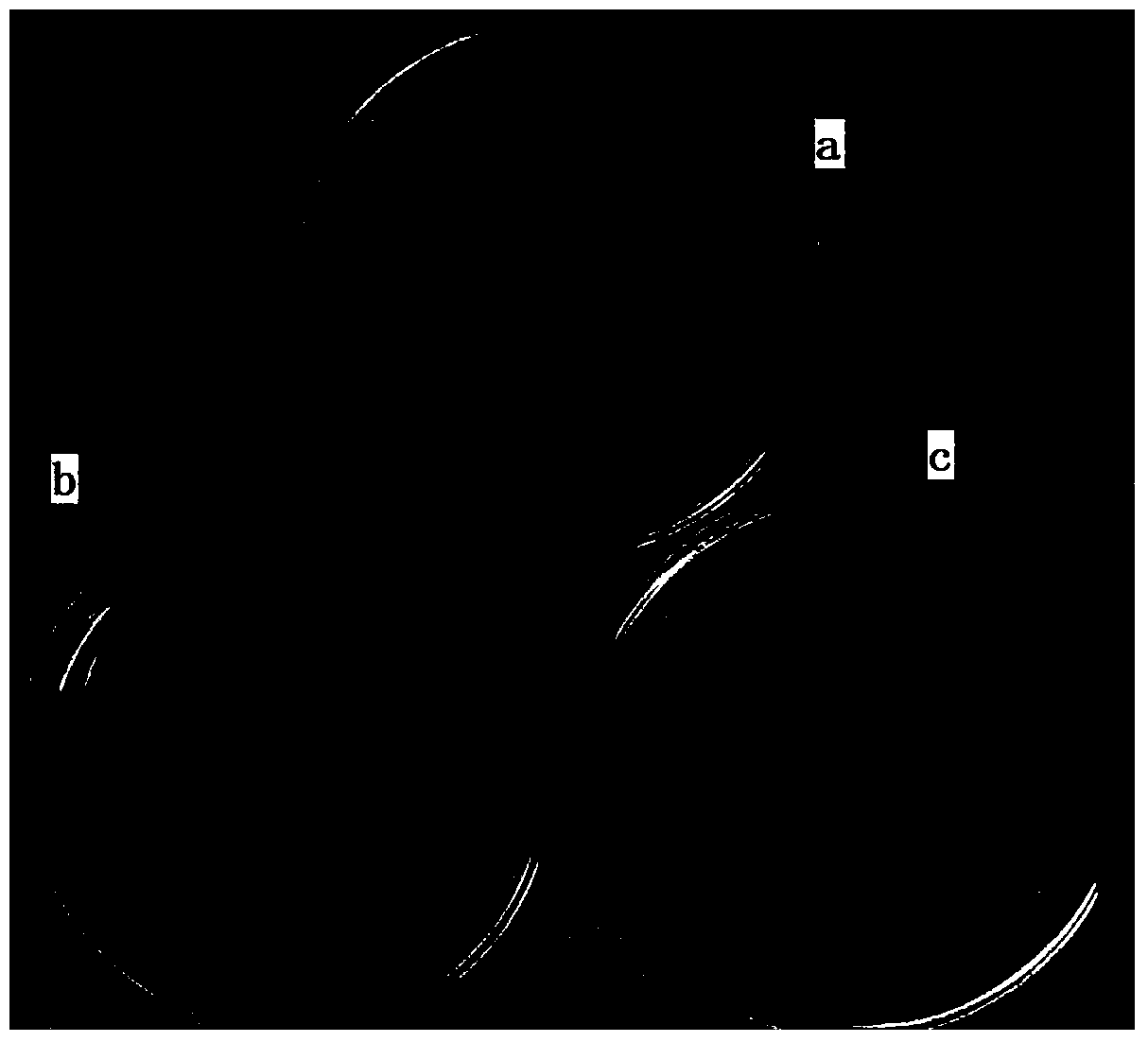Separating and screening method for siderophilic phosphorite-dissolving bacterium
A technology for separation and screening of phosphorus-solubilizing bacteria, applied in the direction of bacteria, etc., can solve the problems of difficult plant absorption and utilization, low screening efficiency, and low utilization rate of phosphate fertilizers, and achieve the goal of simplifying the separation and screening steps, shortening the screening time, and improving the separation and screening efficiency Effect
- Summary
- Abstract
- Description
- Claims
- Application Information
AI Technical Summary
Problems solved by technology
Method used
Image
Examples
Embodiment 1
[0028] A method for separating and screening iron-loving phospholytic bacteria, comprising the following steps:
[0029] (1) Collect crop rhizosphere soil, remove impurities, inoculate in sterilized water with an inoculum size of 1.0g / 100mL, cultivate at 30°C for 2.5 hours, let stand, separate supernatant, and set aside;
[0030] (2) To prepare the CAS-P detection plate, first prepare 1mmol / L CaCl 2 solution, 1mmol / L MgSO 4 ·7H 2 O solution, acid hydrolyzed casein solution with a mass concentration of 10% (121°C, sterilized separately for 15 minutes); then take 0.2mL of CaCl 2 solution, 0.2 mL of MgSO 4 ·7H 2 O solution, 6 mL of 10% acid hydrolyzed casein solution, to which Ca 3 (PO 4 ) 2 0.5g, use biological buffer 1,4-piperazine diethanesulfonic acid [piperazine-N,N-bis(2-ethanesulfonic acid), Pipes], adjust pH 6.8~7.0. Dilute to 100mL with deionized water. Add 2g of agar powder and sterilize at 121°C for 15 minutes. After sterilization, when the temperature drops ...
PUM
 Login to View More
Login to View More Abstract
Description
Claims
Application Information
 Login to View More
Login to View More - R&D
- Intellectual Property
- Life Sciences
- Materials
- Tech Scout
- Unparalleled Data Quality
- Higher Quality Content
- 60% Fewer Hallucinations
Browse by: Latest US Patents, China's latest patents, Technical Efficacy Thesaurus, Application Domain, Technology Topic, Popular Technical Reports.
© 2025 PatSnap. All rights reserved.Legal|Privacy policy|Modern Slavery Act Transparency Statement|Sitemap|About US| Contact US: help@patsnap.com



